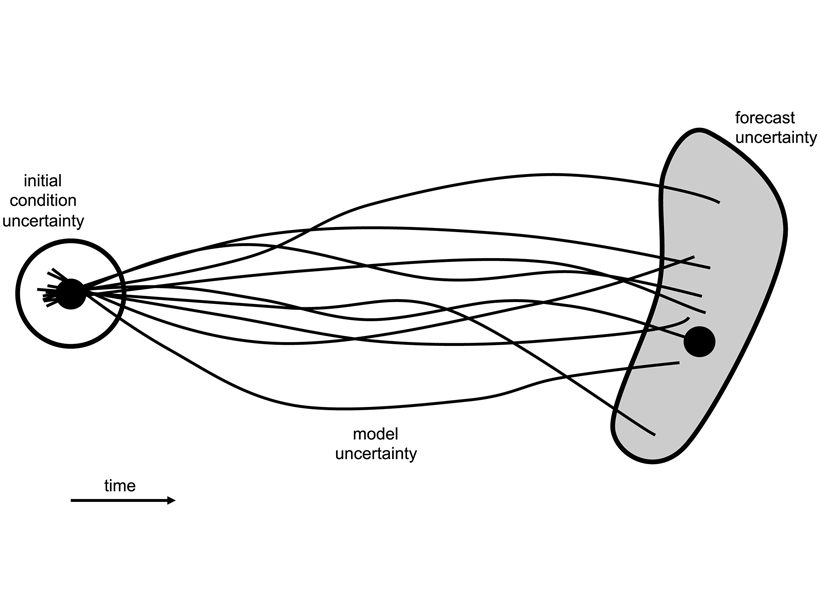Source: Space Weather
Over the past few decades, ensemble modelling has become a key technique for understanding and forecasting geophysical phenomena. A short meeting report by Guerra et al. [2020] highlights the progress made in applying ensembles to the forecasting of space weather phenomena. This is a key pathway towards better forecasts that not only improve accuracy but that also quantify the uncertainty inherent in such forecasts. This can help users of forecasts assess the benefits and costs of actions to mitigate the expected impacts of space weather. I encourage readers interested in research into, and use of, ensemble methods to read the report and to follow the links provided in the report.
Citation: Guerra, J. A., Murray, S. A., & Doornbos, E. [2020]. The use of ensembles in Space Weather Forecasting. Space Weather, 18, e2020SW002443. https://doi.org/10.1029/2020SW002443
—Michael A. Hapgood, Editor, Space Weather
Text © 2020. The authors. CC BY-NC-ND 3.0
Except where otherwise noted, images are subject to copyright. Any reuse without express permission from the copyright owner is prohibited.

